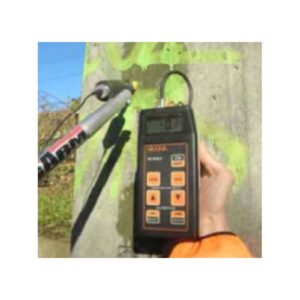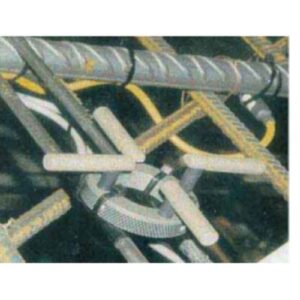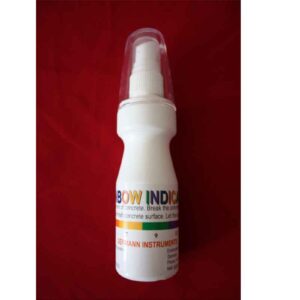Description
The ERE-Probe (Embeddable Reference Electrode) is a stable, long life reference electrode for monitoring the half -cell potential of reinforcement. It is based on a manganese dioxide electrode in a steel housing with a chloride-free, alkaline gel and having a porous cement plug at one end. The housing is made from a corrosion resistant material. Diffusion of ions through the porous cement plug is low because the pH of the alkaline gel corresponds to that of pore water in normal concrete. The diameter of the ERE-Probe is 20 mm and the length is 85 mm.
In new structures, the ERE-Probe is attached to the reinforcement by plastic straps before placement of the concrete. In existing structures, a hole is drilled to the required depth and the ERE-Probe is embedded using an appropriate mortar. A high impedance voltmeter is used to measure the half-cell potential between the probe and the reinforcement.
Accuracy and Variation
At 23 ºC in a saturated Ca(OH)2 solution, the potential of the ERE-Probe is +160 mV ±20 mV versus a saturated calomel electrode (SCE). The in-place operating temperature is from 0 C to +40 ºC.
Over a long period of time, the variation of each ERE-Probe is within ±5 mV compared with the initial value at the same temperature and for the same electrolyte environment. The expected life time is 100 years.








Reviews
There are no reviews yet.